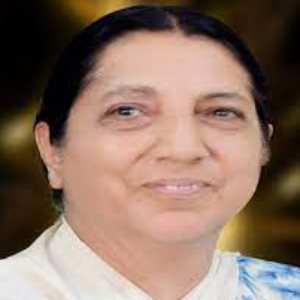Title : Nanostructures as Sustainable Energy Materials in PEC Solar Cells
Abstract:
Soaring petroleum price and global warming have fueled the intensive research for alternative energy sources and technologies. The reserve of fossil fuel is depleting very fast. The search for alternative source of energy has led to rapid strides in the utilization of solar energy. Sun is an inexhaustible/long term source of energy and may be considered as potential energy source for future.
Photovoltaic provide clean energy that can reduce world’s dependency on petroleum. Silicon based solar cells have achieved power conversion efficiency of around 24%; however, the high efficiency is offset by high cost. Much effort has recently been directed towards developing new and better solar energy conversion devices. Photoelctrochemical (PEC) solar cell is one of the promising alternatives as it possesses advantages such as low cost and simple processes. In photoelectrochemical cell the junction formation is quite easy and polycrystalline films also work very well. In a single band gap solar cell, efficiency is low since a narrow range of photon energies of solar spectrum can be utilized. Use of more than one layer of semiconductors of different band gaps as photoelectrode in solar cell utilizes larger portion of solar spectrum improving its performance.
Nanomaterials are among the new promising energy harvester for solar cells. These structures and materials improved efficiency and exhibit enhanced selectivity. Different sizes and shapes (e.g., spheres, tubes rods, wires, hexagonal and pyramids) of nanomaterials structures are being used for development of solar energy converters. Nanoparticles, nanorods and nanowires have been used to improve the charge collection efficiency in solar cells, to demonstrate carrier multiplication and to enable low temperature processing of photovoltaic devices. New nanocrystalline and porous materials hold the key to fundamental advances in energy production, which is one of the great challenges in the future. In recent years, various forms of nanostructures have been created including nanoflacks, nanorods, nanotubes, flower-like structures, branched nanowires and core-shell structures for solar energy conversion. The use of nanostructures has potential to provide high conversion efficiency since large area is available to absorb photons, photo-generated carriers have to travel over a short distance and the effective band gap can be tuned to absorb a particular photon energy-range. The effective band gap can be varied by changing the size and/or structure in case of nanomaterials.
Multi-layered photoelectrode with different effective band gaps can be prepared by depositing various sized nanostructured layers of same material and enhanced photovoltaic effect can be achieved. The film consisting of nanoparticles has an interconnected/porous structure. The thin film consisting of one-dimensional nanostructures can easily transport the photoelectrons by providing the direct conduction paths for electrons from the point of generation to the collecting electrode, also maintaining a high surface area for harvesting larger amount of solar radiations. For these reasons, semiconductor nano-architectures have been increasingly studied for their potential solar energy applications.
Presently multi-layered photolectrochemical solar cells using various nanostructures have been discussed.



